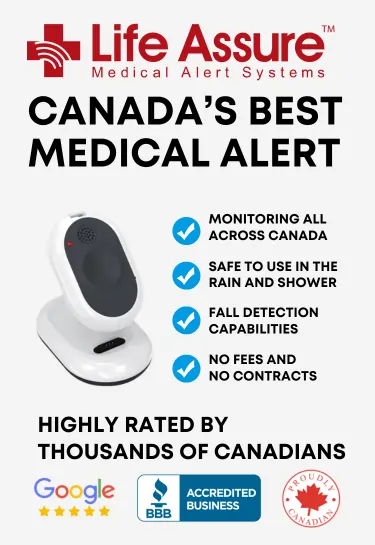What Do I Say When Contacting The Monitoring Center With My Device?
Our Key Takeaway
When contacting the monitoring center, clearly identify yourself and your device, explain your situation succinctly, and share your location and symptoms. Stay calm, listen carefully, follow the operator’s instructions, and confirm help is coming before closing the call.
When it comes to emergency situations and technical issues, it is important to communicate well. Knowing effective communication when you get in touch with a monitoring center will help you tackle the situation better.
Monitoring centers are made to assist you well, and it is only natural that you do your part to communicate well with them! This article will be your guide in knowing what to say when contacting the monitoring center with your device.
Life Assure Product Quiz
Take our 30 second quiz and discover which Life Assure medical alert device is the right fit for you or a loved ones.
Life Assure Product Quiz
Take our 30 second quiz and discover which Life Assure medical alert device is the right fit for you or a loved ones.
Gathering Information

Before you begin the call, make sure you have some important information handy with you. Keeping track of relevant information about yourself, your device, your situation, and your location will go a long way.
Device Details
Keep the device’s model number, serial number, or any other important info ready. This shall help the operator know which exact device you are using. It may have some features that may come into use later on.
Personal Information
Be prompt in giving your name, address, phone number, email, or any other necessary details. This information helps the operator access more information about your state and any specifications you might have logged into the system. This is also a way to verify your identity.
Situation Description
Keep a clear idea of the situation you are in. You have to communicate it as soon as possible. If, in any case, you are not able to comprehend the situation well, note it all down and read it to the operator. Any issues and symptoms faced in that exact situation must be communicated directly.
Calm And Clear Mindset
The call shall be approached with a calm and clear mindset. It is important that you are able to coherently communicate the extent of the issue to the operator at the monitoring center. Take a few deep breaths before dialing the number.
Know that the monitoring staff is here to assist and guide you through it all; you just have to cooperate well. Staying calm helps you put forward a clearer narrative of the situation, which cuts out the delay in getting the necessary help.
Initiating The Call
Now it is time to initiate the call. This is after you are thoroughly prepared. The first few moments of the call set the tone for the rest of the call, so ensure that you speak with clarity. This shall help the operator understand better.
Identifying Yourself
When the call is answered, clearly identify yourself and ask if you have called the right number. Your full name and any relevant account number, along with other identification details, shall help.
Stating The Purpose
When you have successfully identified yourself, it is time to clearly state the purpose of this call. It can be a medical emergency, the feeling of being unsafe, or a need for guidance.
Providing Essential Information
So the center can cater to you well, and do not forget any essential information related to the situation. You might even have to go into specific details to be able to get your point across.
Location
If you’re reporting an emergency or need assistance at a specific location, provide the exact address or location details. This is especially important for medical emergencies or security alerts, where quick response times are critical.
In case you are not present at a precise location or at the home address, you must distinctly state your location. This is helpful when you need someone to dispatch help to your location.
Describing The Situation
Now comes the turn of describing the situation as it is, with all the details. A proper and detailed description of the situation will allow the center to provide the right assistance.
Specifics Of The Issue
Try to describe the issue very clearly so as not to waste any time. Whichever emergency it is, try to put it into clear words so they come across as easily understandable by the operator. Details help diagnose the problem more effectively.
Symptoms And Signals
If there are very certain symptoms and signals that you are experiencing at the moment, do communicate those as well. Telling these clearly can potentially save your life and better your health with the appropriate attention.
Duration And Severity
Do mention how long you have had the issue for. It can help identify the severity of the problem, too. This also helps the operator prioritize your response.
Following Instructions And Closing The Call

When you have given all the necessary information, it is time to listen well to what the operator has to say.
It can be a stressful situation for you, but listening to their instruction will help you find relief much faster. They can guide you through some simple steps and advise you on the next actions to take.
Follow each instruction carefully. Ask for clarification when you think there is any problem or confusion. Make sure you understand each step before doing it.
You shall do these until help comes your way. In the end, close the call when they follow you up on the emergency forces’ location and assure that help is on its way.
Conclusion
It can be a bit overwhelming when your medical alert device is actually put into use and you come into contact with the monitoring center. By understanding the various steps to effective communication, as mentioned above, you will be able to tackle the situation much better.




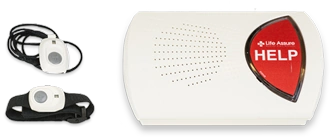


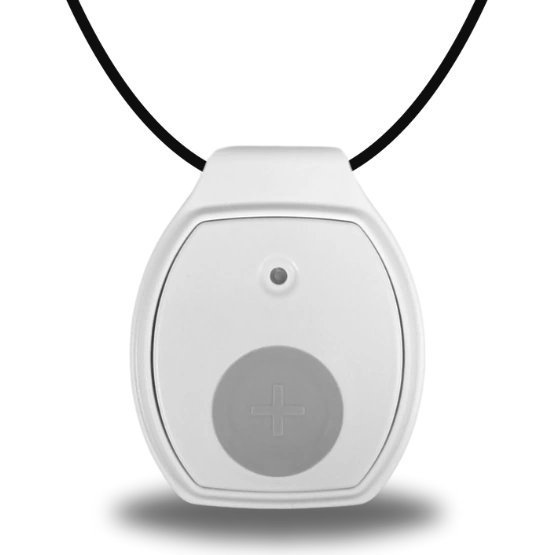
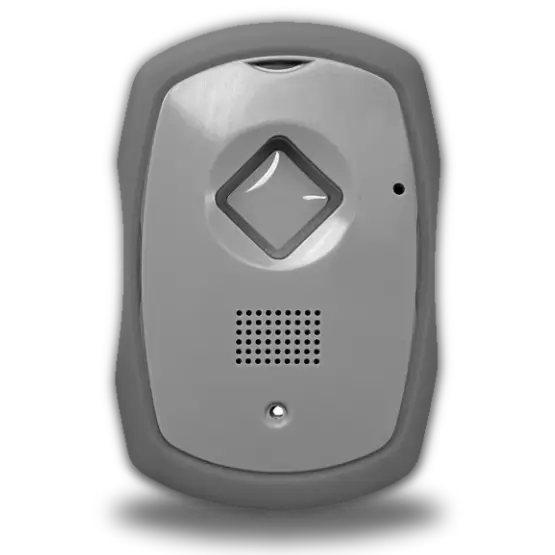

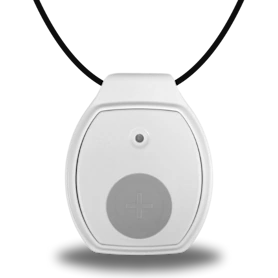
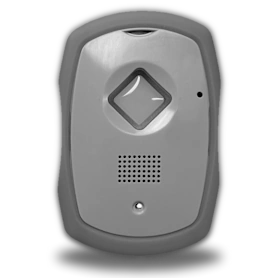
 Get Help With The Push Of
A Button
Get Help With The Push Of
A Button
